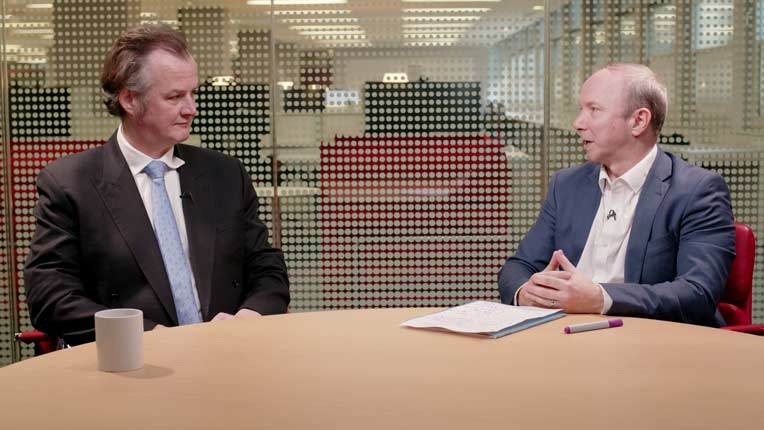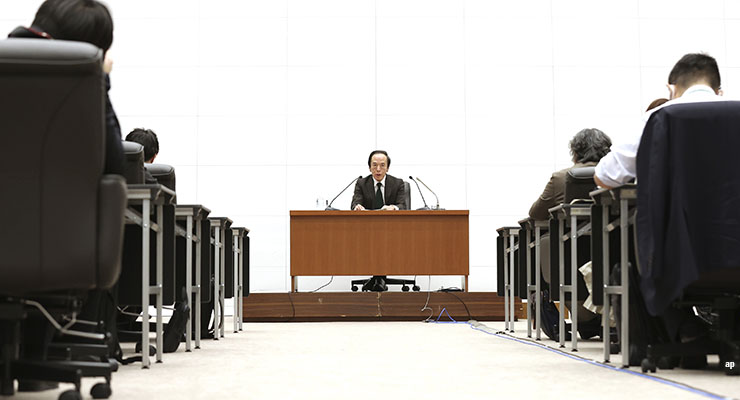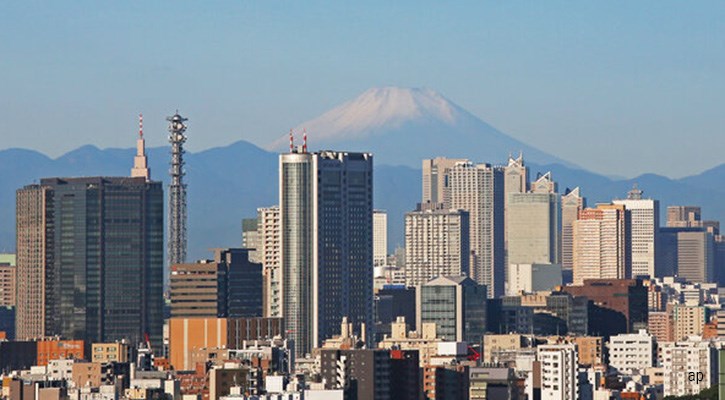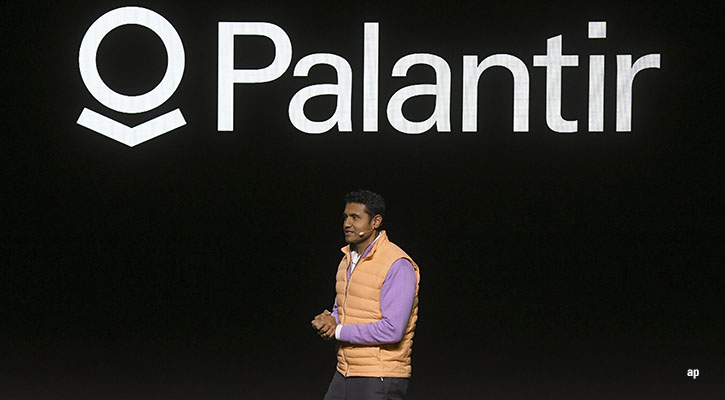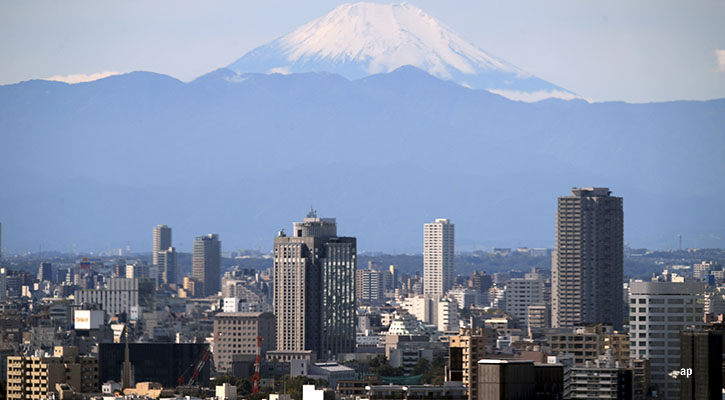
Being a passive investor in Japan used to be an unrewarding experience – at least until 2023 rolled around with one hell of a rally.
With markets now hitting record highs this year, there is growing interest from overseas investors, who want to cash in on any of the current global market stories, including (but not limited to) artificial intelligence (AI), the Magnificent Seven, and expected interest rate cuts.
But Japan doesn't quite fit this model.
Japan's monetary policy is in the spotlight because, in March, it raised interest rates for the first time in 17 years, a decision I examined in terms of what it means for investors (in the short term: not a huge amount). Nor did the rate increase itself trigger a sell-off.
My guest in the Morningstar studio last week, Pictet senior investment manager Sam Perry, revealed clients ask him whether it's too late to join party. While stock market cycles are impossible to predict, with boom often turning to bust, he's confident the rally can be sustained because of important structural changes in the domestic economy.
Likewise, Joe Bauernfreund, manager of the AVI Japan Opportunity (AJOT) trust, points out Japan's markets have only really revisited 1989 levels, whereas markets like the US have increased by many multiples; the Dow Jones, for example, is up more than 1,500% since Japan's last record 35 years ago. There is still room for growth.
In light of this, it's worth examining the performance of Japan funds available to UK investors – both active and passive. What's obvious is there are plenty of options for fund investors, and six of the 32-strong cohort have a Morningstar Medalist Rating of Gold.
I haven't included investment trusts in my table, but they have been a profitable avenue for investors over the last 10 years too – Morningstar assigns Baillie Gifford Japan (BGFD) a Silver Medalist Rating, and Baillie Gifford Shin Nippon (BGS) is rated Bronze. JP Morgan Japanese (JFJ) is rated as a 2-Star trust, while AVI Japan Opportunity (AJOT) is rated 4 Stars. (Last year I also spoke to Miyako Urabe, co-manager of the JPMorgan Japanese investment trust and manager of JPMorgan Japan Small Cap Growth and Income (JSGI) as part of a series on corporate governance, which has been one of the drivers of the rally.)
Because the index went sideways for many years, putting a premium on active stock selection and manager skill, it's important to look at performance figures before the rally really took off. So I've included one, five and 10-year figures. Where these figures are available (not all funds or trusts are 10 years old) they are often impressive.
Bronze-rated M&G Japan Smaller Companies (see page 2 of the above table), for instance, is the best of the cohort with a 13% annualised return, followed by Fidelity Japan (11.80%) and Janus Henderson Japan Opps and WS Morant Wright Nippon Yield, both with an 11.62% annualised gain over 10 years. Over five years, Fidelity Japan is the leader with a gain of 13.21%, a period which takes in the global pandemic.
How Have Gold-Rated Japan Funds Performed?
Gold-rated funds are among the better performers over five years and they include JPM Japan, WS Morant Wright Japan – and HSBC Japan Index isn't far behind.
Looking at one-year performance figures, it's clear there have been some very impressive gains – by comparison, the Morningstar Japan Index is up 20% in US dollar terms over the year and nearly 40% in yen. Some minus figures in this column remind us that active managers often take positions away from the benchmark, so this can harm short-term performance when the index does well.
One extra point to be made is the yen, which is at multi-decade lows against the dollar and pound. This makes tourism cheaper for foreign visitors to a once forbiddingly-expensive country. But it acts a drag on investment returns for a sterling investor – and because I've looked at funds with the pound as the base currency, these one-year figures would be even higher if quoted in local currency.
You may have notice there are no exchange-traded funds (ETFs) on the list and that's because this is a subject of an upcoming article. The assumption would be index trackers and ETFs are roughly comparable (low fees, following a benchmark).
But Pictet's Perry warns against this complacency among investors.
"A lot of people look towards the big ETFs as a simple way to invest," he says.
"The problem is that the big ETFs are largely domiciled in the US. Then they're operating out of the Tokyo market. Now that comes with a cost. If you're going to provide that liquidity, that comes with the cost.
"So, yes, the actual fee is very low. But your performance [and] your returns are going to get hit because of the extra cost to providing the liquidity. So, you got to bear that in mind."







